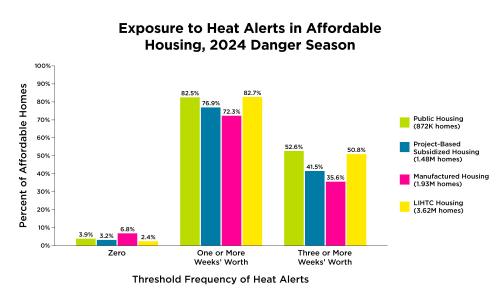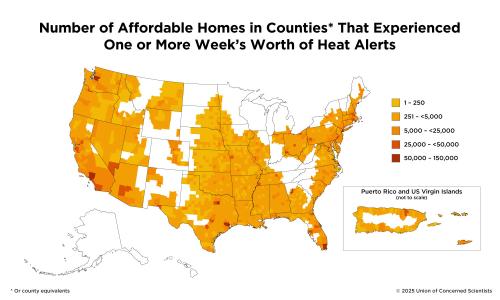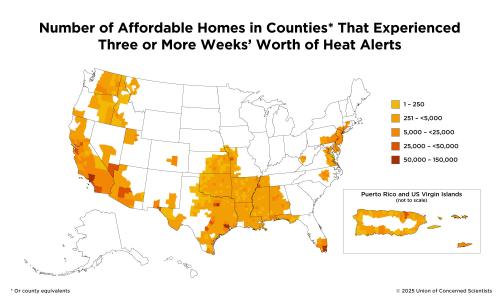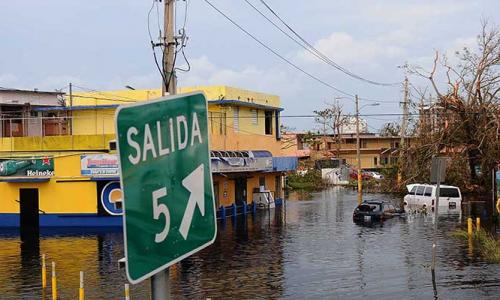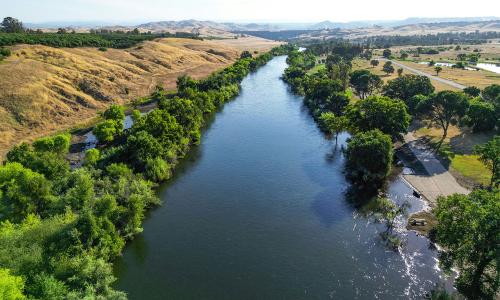The housing crisis and climate change–fueled extreme heat are increasingly colliding. Among those at greatest risk: people living in affordable housing, many of whom have the lowest incomes, are older, or live with disabilities.
To assess this risk, the Union of Concerned Scientists analyzed the exposure of affordable housing to 2024 National Weather Service heat alerts across the United States, Puerto Rico, and the Virgin Islands. We found that people living in affordable housing experienced several days to several weeks’ worth of heat alerts each year, with households headed by people of color facing disproportionately high risks. The largest shares of affordable housing exposed are in the Northeast and Southeast, with Texas, California, and New York leading in numbers of homes exposed.
In order to protect people, UCS recommends increasing investments to make both new and upgraded affordable housing resilient to climate change—particularly extreme heat. A robust Low-Income Home Energy Assistance Program that expands access to both energy-efficient cooling and broader building efficiency upgrades is essential, as are steps to ensure state and local support for heat protections and affordable housing.
Downloads
Citation
Declet-Barreto, J., Amanda Fencl, Rachel Cleetus, Zoe Middleton, and Avery Kaplan. 2025. Colliding Crises: The Dangers of Extreme Heat in Affordable Housing. Union of Concerned Scientists. https://doi.org/10.47923/2025.16006
